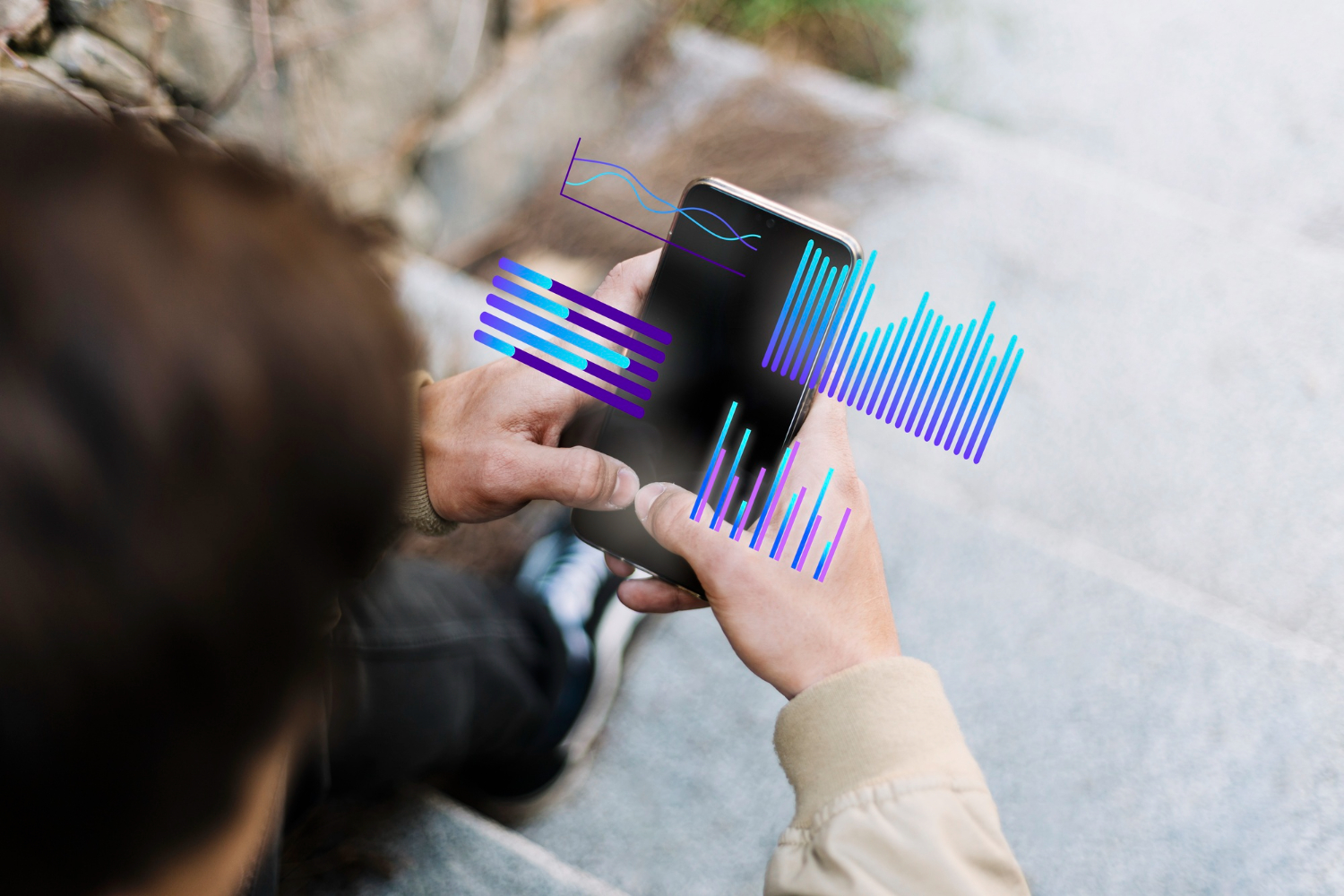
This post provides practical tips on outperforming your competitors and thriving in the competitive app industry, no matter your level of experience as an app developer or publisher. Keep reading and learn fundamentals!
Understanding App Monetization in Mobile Industry
Explore the concept of app monetization before delving into strategies. App monetization refers to earning from your mobile app. Various techniques with distinct advantages and considerations are available. Choosing the right revenue model for your app is crucial for its success…
A) Selecting the Best Monetization Model for Your App
It’s crucial to select a mobile app monetization strategy that fits the characteristics of your app and your intended user base. Consider the following well-liked monetization models:
- Advertisement within apps
One popular method of monetizing apps is through in-app advertising, which involves displaying adverts inside the program. This can be accomplished via:- Interstitial ads and banners
- Videos with Native Ads
- Rewarded
- If you have a significant user base, including adverts in your app can generate a consistent income stream. To prevent annoying your users, you must, however, find a balance between ad frequency and user experience.
- In-App Acquisitions
Users may purchase extra features, digital products, or subscriptions inside of your app via in-app transactions. This strategy works especially well for apps that provide more features or premium content. You can improve the overall user experience and generate income by offering attractive add-ons. Make sure your in-app transactions are fair and provide your users with actual value. - The Freemium Business Model
With the freemium business model, users can download a basic version of your software for free and upgrade to premium features or content for a cost. With this strategy, consumers may test out the essential features of your software before opting to buy it. To encourage consumers to upgrade, it’s critical to find the ideal ratio between free and premium features. Drive conversions with consistent updates and a quick-responding customer service system.
5- Subscriptions
Users can pay a regular price to access your app’s content or services using the subscription model. Apps that offer continuous value or access to premium content are a good fit for this approach. In order to keep subscribers interested and make the recurring price worthwhile, it’s critical to consistently produce engaging and new material. By providing several membership packages, you may appeal to a wider audience of consumers and boost your earnings.
1- In-App Advertising
In-app advertising is a widely used monetization model where you display advertisements within your app. This can be done through;
- Banners
- Interstitial Ads
- Native Ads
- Rewarded Videos
Integrating ads into your app can provide a steady stream of revenue, especially if you have a large user base. However, it’s crucial to strike a balance between ad frequency and user experience to avoid frustrating your users.
2- In-App Purchases
In-app purchases allow users to buy additional features, digital goods, or subscriptions within your app. This model is particularly effective for apps offering premium content or additional functionalities. By providing valuable add-ons, you can create a revenue stream while enhancing the overall user experience. It’s important to ensure that the in-app purchases are reasonably priced and offer genuine value to your users.
3- Freemium Model
The freemium model offers users a basic version of your app for free while charging for premium features or content upgrades. This model allows users to experience your app’s core functionalities before deciding to make a purchase. It’s essential to strike the right balance between the free and premium features to entice users to upgrade. Offering regular updates and maintaining a responsive customer support system can help drive conversions.
4- Subscriptions
The subscription model allows users to access your app’s content or services for a recurring fee. This model works well for apps that provide ongoing value or access to exclusive content. It’s important to continuously deliver fresh and compelling content to retain subscribers and justify the recurring fee. Offering different subscription tiers can cater to a broader range of users and increase your revenue potential.
B) Optimization of the App Store (ASO)
Optimizing your app store listing is essential if you want to rank higher than your competitors and have your app appear more prominently in search results. This will grant you more visibility. The following are some crucial components to concentrate on for successful app store optimization:
1- App Name and Search Terms
Pick a memorable, evocative title that sums up the function of your app. Find high-volume, relevant keywords by conducting thorough keyword research to add to the title and description of your app. By doing this, you may make your app more discoverable and raise the likelihood that it will appear higher in search results.
2- App Description
Write a catchy app description that emphasizes the special features and advantages of your app. In order to draw in new users and persuade them to download your app, utilize compelling wording. For better search exposure, organically include pertinent keywords in the description.
3- Screenshots, In-App Events, and App Icon
Create a distinctive app icon that embodies your business and sets you apart from the competition. Provide crisp screenshots that highlight the main features and UI of your software. The utilization of visual components is crucial for drawing visitors and raising conversion rates.
4- Reviews and Ratings
Urge pleased customers to rate and review the App Store with a good rating. Good ratings affect your app’s overall ranking in addition to influencing future consumers. Taking note of customer comments, resolving issues, and consistently enhancing the functionality of your app can help you keep a good reputation.

2-App Description
2- App Description
Craft a compelling app description that highlights your app’s unique features and benefits. Use persuasive language to captivate potential users and convince them to download your app. Incorporate relevant keywords naturally throughout the description to improve its search visibility.
3- App Icon, Screenshots, In-App Events
Design eye-catching app icon that reflects your brand and stands out from the competition. Include high-quality screenshots that showcase your app’s key functionalities and user interface. Visual elements play a significant role in attracting users and increasing conversion rates.
4- Ratings and Reviews
Encourage satisfied users to leave positive reviews and ratings on the App Store. Positive reviews not only influence potential users but also contribute to your app’s overall ranking. Responding to user feedback, addressing concerns and continuously improving your app’s performance will help maintain a positive reputation.
Conclusion
To conclude, monetizing your mobile app effectively requires a strategic approach and a deep understanding of your target audience. By choosing the right monetization model, optimizing your app store listing, and focusing on user engagement and retention, you can position your app for success and outrank your competition.
Remember, building a successful app is an ongoing process that requires continuous improvement, innovation, and adaptation to evolving user needs.
Best of luck with monetizing your mobile app! Don’t forget that we’re here to support you every step of the way.


